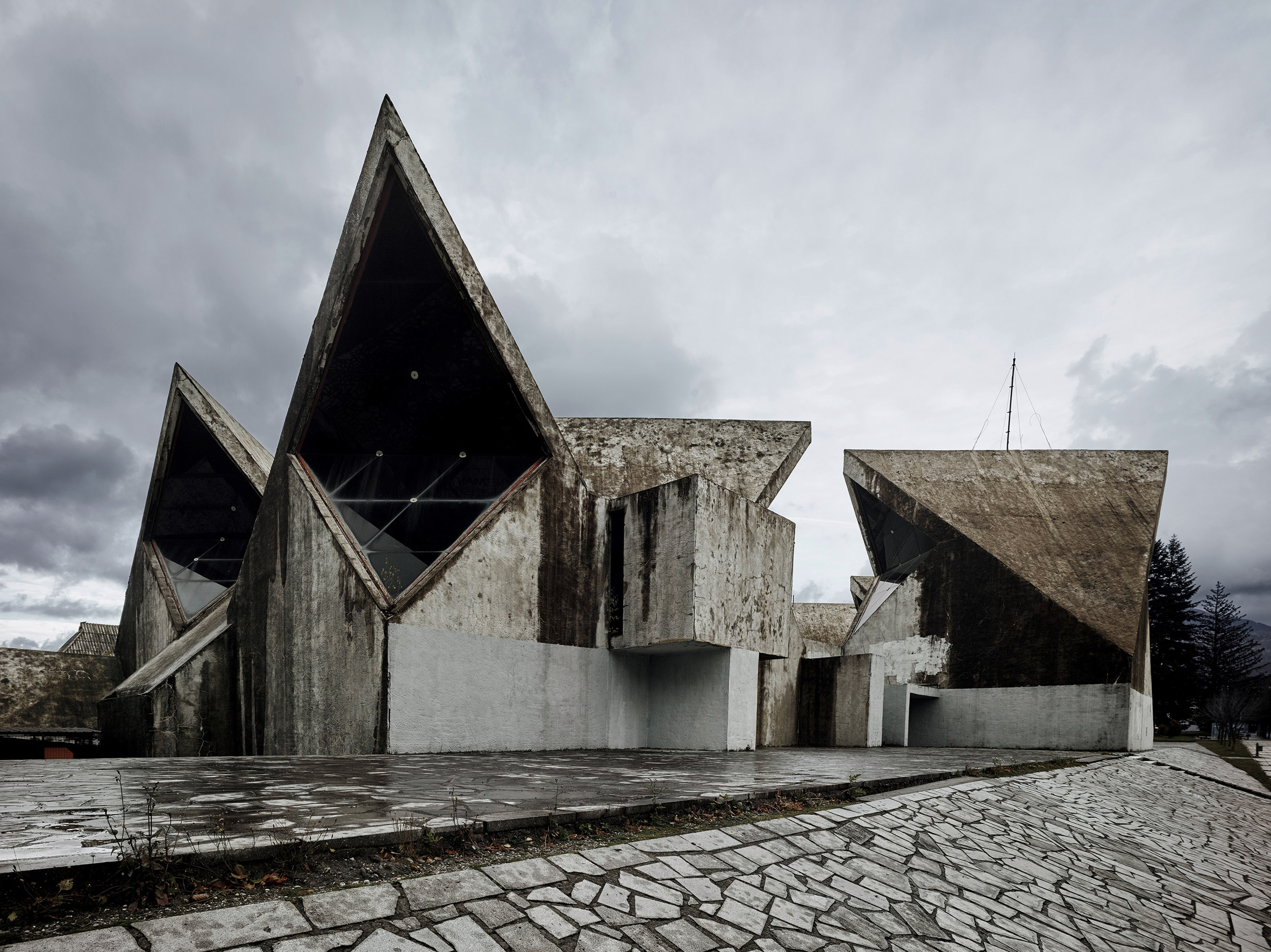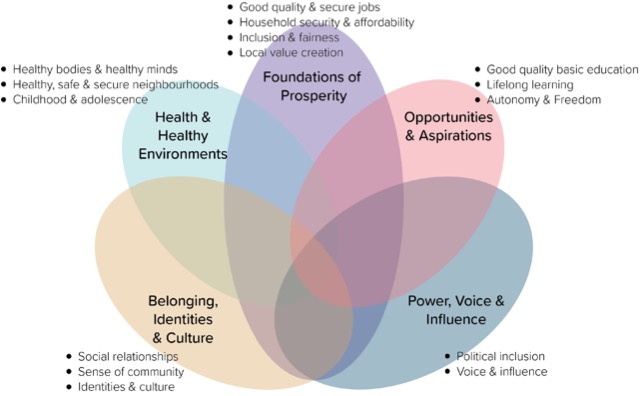Tate Britain, 16th October 2018 [review]
It’s notable that all four of the nominees this year are working in the medium of film (analogue and digital, with and without other media). More notable, certainly of me, is that they all address what I would consider to be sociological and political issues. In terms of development of my project, the exhibition has helped me to think about the use of exhibition space and how to make different modes (images, text, sound, video) work together. Also, the extent to which work can have a sociological and political intent.
Forensic Architecture create a critical narrative from material collected during and after an event. The use of maps and different representations of time (placing material along a timeline and time-coding) is interesting, and can certainly have some potential when exploring the engagement of the community in unfolding regeneration projects. Likewise the use of citizen produced material and the linkage to a longer term investigation, in this case the presence of Bedouin people in a particular area over time (include maps, overlays, photographs and documentary evidence). Unlike my project, there is no direct artistic engagement, apart from the presentation of the material in a gallery context. The juxtaposition of a range of different modes of presentation and media is certainly important for my own project, though it won’t, as a whole, have the same kind of narrative structure (though there will be ‘micro-narratives’ within it.
Luke Willis Thompson‘s work offers other forms of inspiration. One is his mode of working. Spending much of his time moving from one place to another means that production of the work cannot be studio based. He tends to work on his laptop at the kitchen table (wherever he is), and ‘outsources’ and collaborates in production (in this case the transfer to film and the production of a device for projection of a continuous strip of film covering three distinct but related works). He also destroys all the material collected in the process of making the works when these are completed. In my current phase of life, this is attractive as I do not want to build up an archive of material (and have in the past, anyway, burnt notebooks and deleted material when I move from one phase of working life to another, so I have form in this respect). This entails placing a distinct endpoint in the production process.
Thompson’s work is collaborative, in this case working with the ‘sitters’ in two of the films and with the family of the artist in the third. Decisions are made together about how people represent themselves, though the mode and context are set by Thompson. The projection device, in particular its size and sound, emphasise the physicality of the medium and that it is a mode of representation/delivery; it creates a distinct context or environment for the work. Again, there is a distinct social and political intent to the works.
Charlotte Prodger and Naeem Mohaiemen both use long(er) form film/video (whereas Thompson’s works are short, without narrative structure and looped). Mohaiemen’s interest in the exploration of post-colonial aspirations relates closely to my other interests but not directly to this particular project. The form (films running over an hour) is not one that attracts me at the moment, though the concertina book with images and text is certainly interesting. Prodger’s work is shorter and weaves personal reflection with wider cultural and social issues, in particular relating to identity. Both the weaving of accounts, and the use of small video devices held close to the body in recording seemingly ‘on the fly’ are of interest to me in developing a sense of place and how this relates to the lived experience, identities and aspirations of residents.
One other element that warrants consideration is the place in all these works of still images, in the case of the film pieces, this includes shots that are held for a period of time, without reframing and with little or no movement within the frame. As a photographer, the place of ‘stillness’ in multi-modal works, and in the gallery setting, is important to address. In my earlier post on the film ‘Island’ and accompanying installation, this was related to creating a space for contemplation and holding of attention. Clearly this can be achieved within a film work, and alongside it (in the case of Mohaiemen, this is effectively achieved in a three screen presentation in which images can be ‘held’ on one of the screens). For further consideration in another post.
The best Turner shortlist for some time. I spent half a day there, and will return for more. Requires time, particularly if you want to watch all the films.







